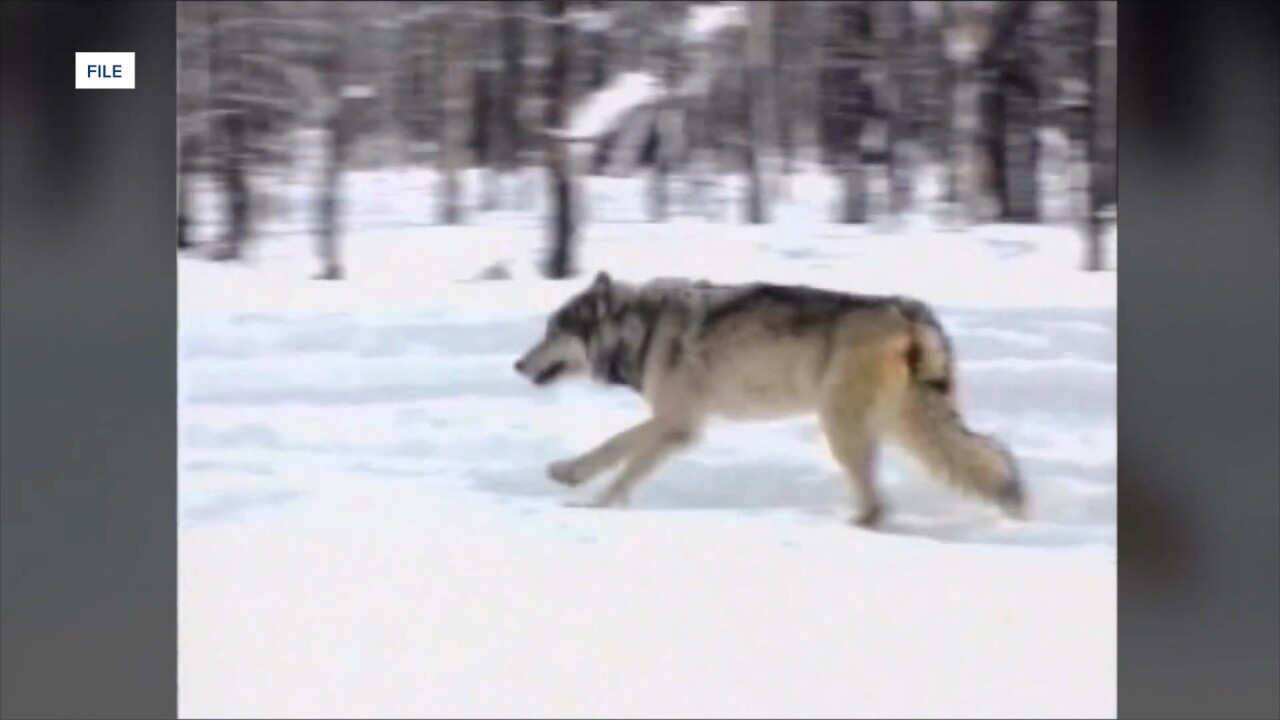Last March federal magistrate judge Candy Dale made a ruling outlawing trapping and snaring of wolves outside the grizzly bear den season. That decision held up this week to a challenge from the state of Idaho.
"What we were asking for was the judge to reconsider the boundaries of that, especially the areas that had almost zero grizzly sightings in the past decade," said Roger Phillips with Idaho Fish and Game. "She decided not to do that."

The boundaries include Yellowstone country and the Idaho panhandle south to the upper Snake and Salmon Rivers. The original ruling prevents trapping and snaring from March 1 to Nov. 30.
"We were certainly pleased to see the judge uphold her prior ruling and reaffirm her belief and conclusions that Idaho’s laws created an unacceptable risk of take of grizzly bears," said Greg LeDonne of the Western Watershed Project.

I went to federal court last January to hear arguments from both sides in this case brought forth by Earth Justice representing several environmental groups in Idaho and beyond.
The conservation groups call this a win for grizzly bears, wolves and other wildlife as they used the Endangered Species Act to make their case. This past January the U.S. Fish and Wildlife Service announced that grizzlies will remain on the endangered species list.

"Grizzly bears are essentially a victim of Idaho’s attempt to persecute wolves," said LeDonne. "So grizzly bears and other species such as wolverines, bobcats, mountain lions and all sorts of other wildlife were getting caught up in this attempt to persecute wolves."
Wolves were reintroduced to Idaho in 1995 and ever since wolves came off the endangered species list in 2011 Idaho has attempted to manage the population of wolves. The state created the Idaho Depredation Control Board in 2014 and in 2021 a new state law made it easier to kill and trap wolves.

However, there has never been any evidence of a grizzly bear getting caught in a wolf trap. Idaho Fish and Game implemented new regulations last year because of the ruling and in the fall 80 fewer wolves were harvested compared to 2023.
"They are roughly around 1,200 wolves now and we are trying to take that down to 500 which we think will reach social acceptance, keep a good healthy wolf population and at the same time reduce some of the conflicts," said Phillips.

Phillips told us trappers have been harvesting wolves during the grizzly den season this winter, but not enough to make up for the 80 fewer trapped wolves from this past fall.
"I think that we are going to have to be more creative about things moving forward," said Phillips. "That trapping season, especially in the fall is a pretty significant amount of harvest."




